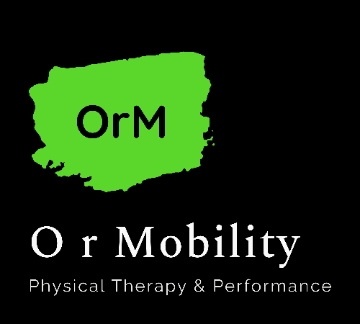Introduction
Vertigo, often caused by conditions like Benign Paroxysmal Positional Vertigo (BPPV), can significantly disrupt your life. The Epley maneuver, a specialized series of movements, is renowned for its effectiveness in treating certain types of vertigo. In this blog post, we will explore the Epley maneuver, how it works, and how skilled physical therapists can administer it to alleviate vertigo and restore your balance, providing a beacon of hope for those struggling with this challenging condition.
Understanding BPPV and Its Impact
1. Demystifying BPPV:
- Define BPPV, outlining its connection to the inner ear and the dislodged calcium crystals (canaliths) that cause vertigo. Explain the disruptive symptoms, including spinning sensations, loss of balance, and nausea, emphasizing the need for effective treatment.
2. The Significance of the Epley Maneuver:
- Introduce the Epley maneuver as a well-established treatment for BPPV. Discuss how the maneuver aims to guide the dislodged crystals back into the correct position within the inner ear, alleviating vertigo and related symptoms.
The Science Behind the Epley Maneuver
1. Inner Ear Anatomy:
- Provide a brief overview of the inner ear’s anatomy, explaining the role of semicircular canals and otolith organs. Help readers understand how these components contribute to our sense of balance and how disturbances can lead to vertigo.
2. Mechanics of the Epley Maneuver:
- Describe the step-by-step process of the Epley maneuver, elucidating how specific head and body movements are designed to move the canaliths from the semicircular canals to a different part of the inner ear, where they no longer cause symptoms.
The Role of Physical Therapists in Administering the Epley Maneuver
1. Expertise of Physical Therapists:
- Highlight the specialized training and expertise that physical therapists possess in administering the Epley maneuver. Explain how their knowledge of anatomy and precise maneuver execution are crucial for the maneuver’s success.
2. Customized Approach:
- Discuss the importance of a personalized approach. Physical therapists tailor the Epley maneuver to each patient’s specific condition, ensuring the procedure’s effectiveness and minimizing discomfort.

Benefits of Seeking Physical Therapy for BPPV
1. Immediate Relief and Safety:
- Emphasize that the Epley maneuver, when performed by a skilled physical therapist, often provides immediate relief from vertigo symptoms. Highlight the safety of the procedure under professional supervision.
2. Preventing Recurrence:
- Explain how physical therapists not only administer the Epley maneuver but also provide guidance on preventive measures. Discuss the significance of home exercises and lifestyle modifications in reducing the risk of BPPV recurrence.
Expertise at OrMobility Physical Therapy & Performance
1. Our Commitment to Excellence:
- Showcase your clinic’s commitment to patient care, emphasizing the expertise of your physical therapists in administering the Epley maneuver. Discuss their training, experience, and dedication to helping patients regain their balance and quality of life.
2. Scheduling a Consultation:
- Encourage readers experiencing vertigo symptoms to schedule a consultation at your clinic. Provide clear contact information, inviting them to seek expert evaluation, diagnosis, and treatment.
Conclusion – Rediscovering Stability and Confidence
Embark on Your Journey to a Vertigo-Free Life
The Epley maneuver, performed with precision and care by skilled physical therapists, offers hope for individuals burdened by vertigo. At OrMobility Physical Therapy & Performance, we are dedicated to helping you regain your balance, confidence, and overall well-being. If you or someone you know is battling the challenges of vertigo, don’t hesitate to schedule a consultation with us today. Let our expert team guide you toward a life free from dizziness and vertigo.
Contact us now to schedule your consultation and take the first step toward a balanced, vertigo-free life.
OrMobility Physical Therapy & Performance



